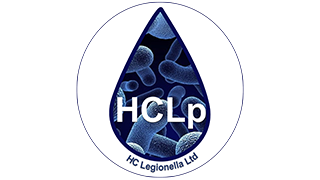As we enter spring and summer we see the outside temperature rise and the risk of increased cold water temperatures across your water systems.
What is the risk of warmer cold water?
The Approved Code of Practice for Legionella (in Paragraph 59) highlights the importance of avoiding growth temperatures of between 20°C and 45°C. While there is guidance for mains water to be supplied to sites to “wholesome” that does not mean bacteria or pathogen free.
When the warm weather arrives the ground heats up, as does the water that’s supplied to your building through the mains distribution network. In parts of Central London its common to see supplies above the 20°C, the lower end of optimum conditions for Legionella growth, across the summer months. The Health and Safety Guidance (Paragraph 2.6) notes that Cold Water systems should be maintained, where possible, below 20°C. But what can we do if the supply is above that temperature?
The simple step is review the risk. If you have an incoming supply of 21°C then your risk is increased. If you have any type of Cold Water Storage Tank (CWST) then your risk is increased further and you need to look at options to mitigate this risk.
Is there any industry guidance out there for me to follow?
The good news is there is guidance out there. The Health & Safety Guidance (HSG) 274 is out there for Hot & Cold Water System (Part 2) and within this guidance is Table 2.1 which outlines some good practice to follow for managing Cold Water systems.
The HSE publish the HSG 274 Part 2 Guidance and its free to download (click here if digital).
What does the guidance suggest?
For Cold Water Storage tanks the advice is to check the temperature at least annually and to focus on this in the summer months. HSG 274 Part 2 also has some handy comparable images to look at in Figure 2.12 to understand if your tank may need a clean; again, this can help mitigate the risk posed by increased water temperatures.
For systems without tanks the guidance is to check your nearest and furthest outlets from supply monthly and see if the outlet is achieving <20°C in under 2 minutes. If it’s taking longer in the summer to do this than in the winter months the chances are that you need to invest in some thermal insulation for both your hot and cold water pipes; installing this should reduce your thermal gains on your cold to give increased compliance; which reduces the risk of Legionella contamination.
If you would like support with any of the above matters then HC Legionella Ltd can help; from Tank inspections and cleans through to system temperature profiling the team works with a range of public and private entities to manage issues through to resolution.
